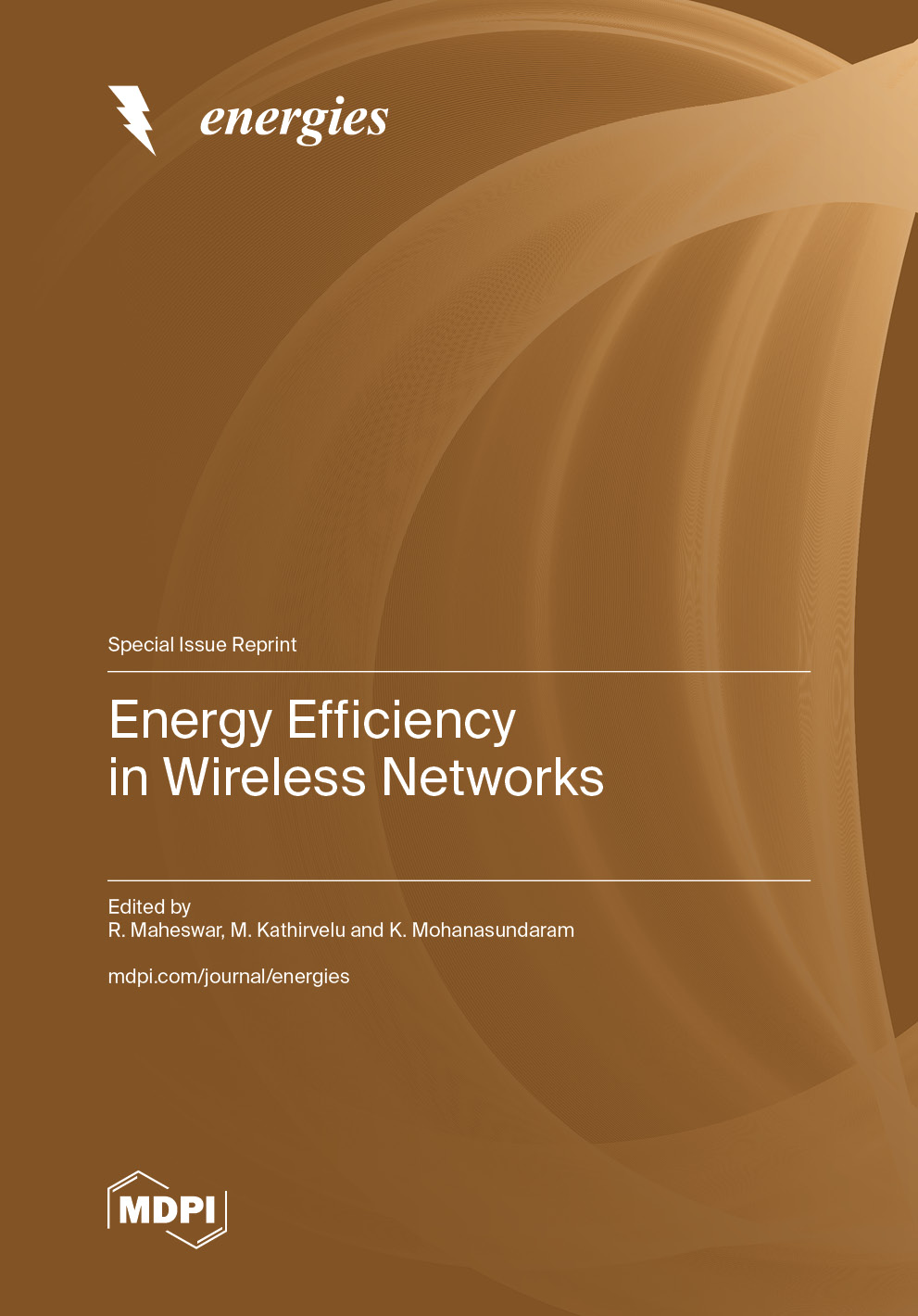Energy Efficiency in Wireless Networks
A special issue of Energies (ISSN 1996-1073). This special issue belongs to the section "A1: Smart Grids and Microgrids".
Deadline for manuscript submissions: closed (10 June 2023) | Viewed by 36170
Special Issue Editors
Interests: wireless sensor network
Special Issues, Collections and Topics in MDPI journals
Interests: VLSI & embedded systems
Special Issue Information
Dear Colleagues,
In recent years, the widespread use of wireless devices has seen significant growth in all sectors. Specifically, the post-COVID-19 situation has caused a huge revolution in the utilization of wireless devices across the globe. Advances in not only the number of devices in the network but also their applications, including sensors, Internet of Things (IoT) devices, mobile phones and other wireless electronic gadgets, have had a huge impact in maintaining global communication without any failure. It has been clearly witnessed that enormous power has been consumed by wireless devices when the entire world was using them during the pandemic. The varied utilization of wireless devices not only includes people working for industries but also children and teachers working with schools and colleges and even beyond. As all wireless devices are battery powered, energy is a critical issue and it becomes essential to have the necessary energy management and control techniques and infrastructure in place to prolong the lifetime of both the individual device and the network. Hence, the present scenarios of a wireless environment have urged the research community to work more on energy efficiency issues on wireless devices. This Special Issue primarily targets energy efficiency in wireless devices which focus on communication protocols, energy harvesting, energy management, device scheduling, edge computing and so on for various wireless sensor, underwater and IoT applications. We welcome original contributions from researchers on the topics of interest, which include but are not limited to the following:
- Energy-efficient physical layer design;
- Energy-efficient communication protocols;
- Energy-efficient scheduling algorithms;
- Energy-efficient cross-layer design issues;
- Energy issues in device-to-device wireless communication;
- Energy efficiency in drone technologies;
- Energy management in VANET / FANET;
- Energy-efficient underwater communication;
- Energy-efficient edge computing techniques;
- Energy harvesting techniques for wireless devices.
Dr. R. Maheswar
Dr. M. Kathirvelu
Dr. K.Mohana Sundaram
Guest Editors
Manuscript Submission Information
Manuscripts should be submitted online at www.mdpi.com by registering and logging in to this website. Once you are registered, click here to go to the submission form. Manuscripts can be submitted until the deadline. All submissions that pass pre-check are peer-reviewed. Accepted papers will be published continuously in the journal (as soon as accepted) and will be listed together on the special issue website. Research articles, review articles as well as short communications are invited. For planned papers, a title and short abstract (about 100 words) can be sent to the Editorial Office for announcement on this website.
Submitted manuscripts should not have been published previously, nor be under consideration for publication elsewhere (except conference proceedings papers). All manuscripts are thoroughly refereed through a single-blind peer-review process. A guide for authors and other relevant information for submission of manuscripts is available on the Instructions for Authors page. Energies is an international peer-reviewed open access semimonthly journal published by MDPI.
Please visit the Instructions for Authors page before submitting a manuscript. The Article Processing Charge (APC) for publication in this open access journal is 2600 CHF (Swiss Francs). Submitted papers should be well formatted and use good English. Authors may use MDPI's English editing service prior to publication or during author revisions.
Keywords
- Wireless Sensor Network (WSN)
- Internet of Thing (IoT)
- energy
- communication
- protocols
- harvesting








